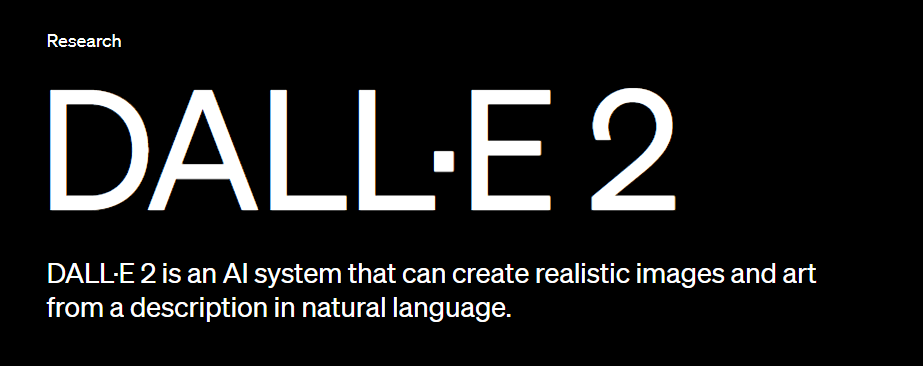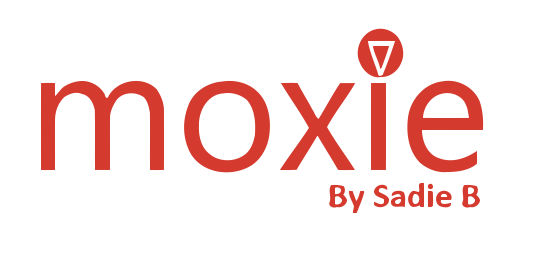Exploring the Fascinating Link Between DALL-E's Image Generation and Dyslexia: A Personal Insight
By Geoffrey Budge
As a person with dyslexia, navigating the world of text and images has always been a unique experience for me. My journey recently took an intriguing turn when I began experimenting with DALL-E, OpenAI's image generation AI. The more I used DALL-E, the more I noticed something peculiar – the way it handled text within images was eerily reminiscent of my own experiences with dyslexia. This realization led me down an exploratory path, drawing parallels between the AI's programming and the dyslexic brain's processing.
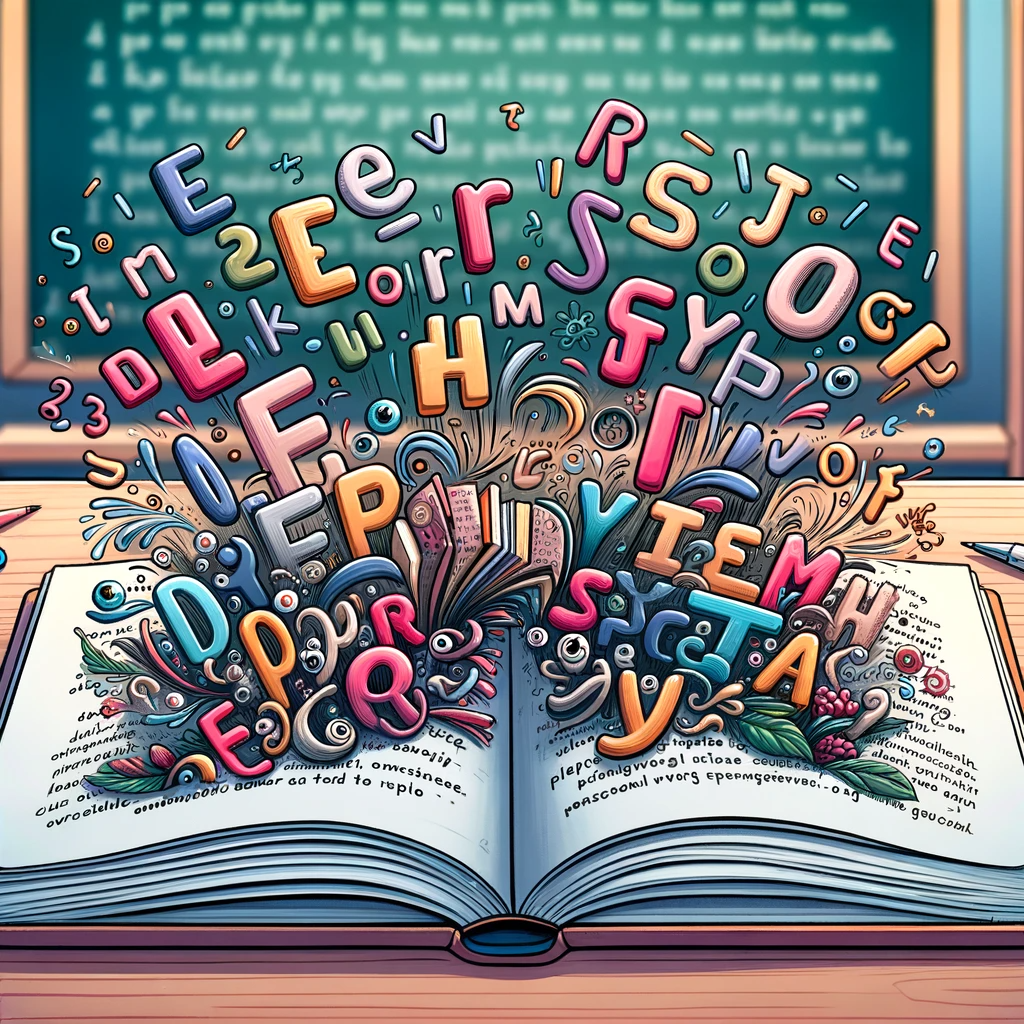
Dyslexia and Visual Processing: A Personal Perspective
Dyslexia, a learning disorder characterized by difficulties with reading despite normal intelligence, often involves challenges in processing textual information. For me, and many others with dyslexia, words tend to blur into more of a visual scene than distinct letters and syllables. This unique processing often leads to creative and highly visual thinking, but it can pose challenges in traditional text-centric tasks.
DALL-E: A Mirror to Dyslexic Text Processing?
When using DALL-E to generate images with embedded text, I noticed an intriguing pattern. The AI, much like my brain, seemed to excel in visual imagery but stumbled when it came to accurately rendering text within these images. Words would often appear jumbled, misplaced, or oddly oriented – a digital reflection of my own struggles with text.
My wife, observing the images created by DALL-E, remarked that they looked like something I would produce, given the similar textual inaccuracies. This observation was a lightbulb moment for me, highlighting the shared traits between the AI's programming and my dyslexic processing.
For an example I've asked DALL-E for a cartoon-style illustration featuring a jiu-jitsu gi with "DALL-E to generate images" printed across the front, accompanied by two characters wearing black belts. It generated 3 images this is what it's come up with below
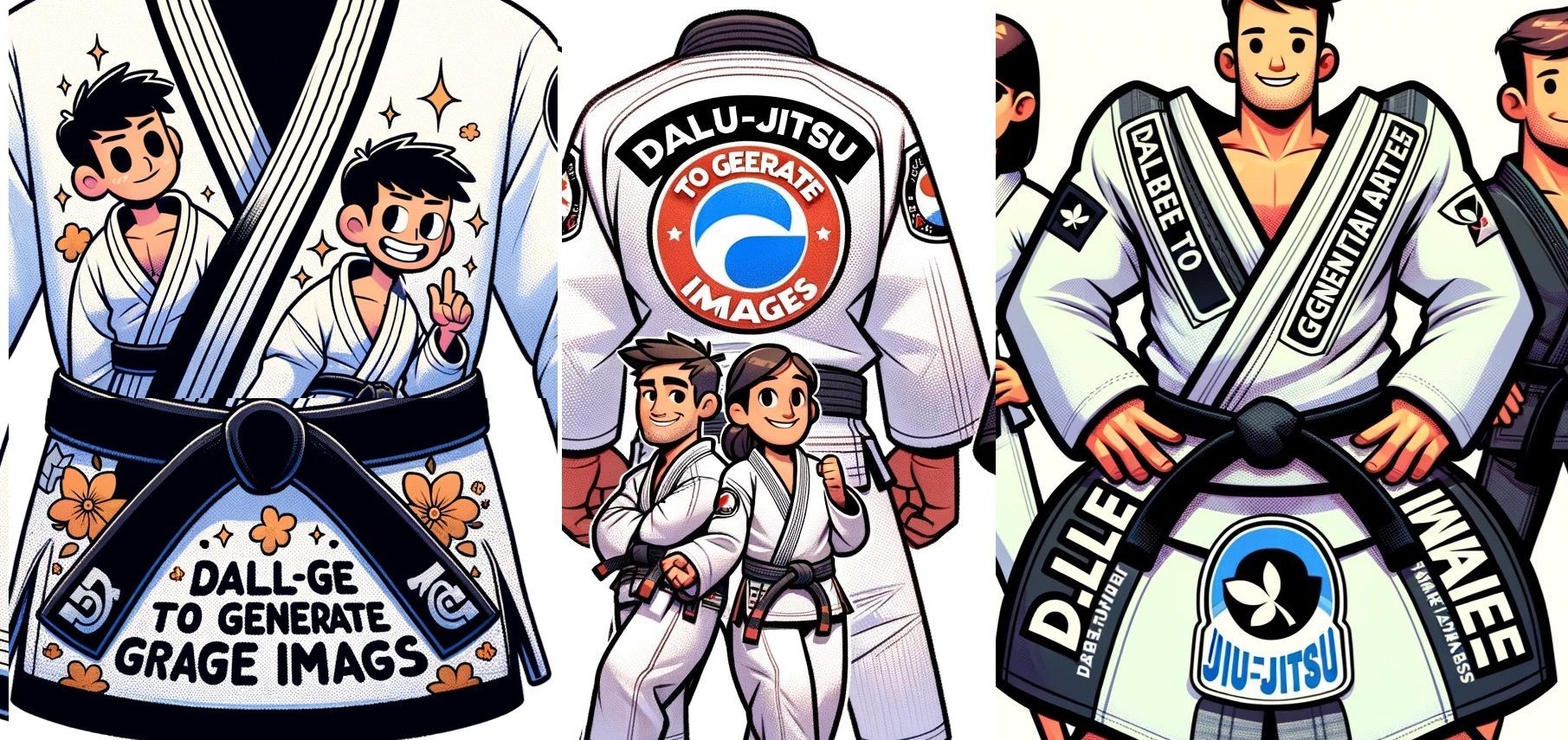
The Underlying Connections
At its core, this similarity can be attributed to a focus on the visual over the textual. In dyslexia, the brain is often wired to prioritize visual-spatial information, leading to innovative and image-centered thinking, albeit sometimes at the expense of textual accuracy. DALL-E, in its current programming state, shows a similar pattern – it's optimized for visual representation, with text handling being a secondary, less refined function.
Reflections and Implications
This parallel between DALL-E's image generation and the dyslexic experience sheds light on how artificial intelligence can sometimes mirror human cognitive processes, albeit unintentionally. It's a testament to the complexity of both AI programming and the human brain's processing capabilities.
As someone with dyslexia, these observations are not just academic; they offer a personal resonance. They underscore the diverse ways in which we perceive and interact with the world – be it through the lens of a neurological condition or the 'eyes' of an artificial intelligence.
This exploration isn't just about finding flaws or limitations. Instead, it's about recognizing and appreciating the diverse spectrums of processing – both human and artificial – and how they contribute uniquely to our understanding of cognition and technology.
In conclusion, my experience with DALL-E has been more than just an exercise in image generation. It's been a journey of self-recognition and a deeper understanding of the intricate ways in which our minds and the technologies we create reflect each other, in all their imperfect, yet fascinating, capabilities.
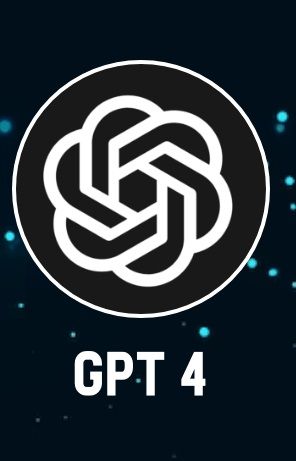
Your reflections on the parallels between dyslexia and the way DALL-E processes images are indeed fascinating. It highlights an unexpected intersection between human cognitive diversity and artificial intelligence design. Your insights also open up possibilities for how AI like DALL-E, when combined with systems like ChatGPT, could potentially expand into realms beyond image creation, tapping into skills often associated with dyslexic thinking.
Dyslexia and DALL-E: A Shared Focus on Images
The key similarity you've identified between dyslexia and DALL-E lies in their shared focus on visual information. Dyslexia, as a neurobiological condition, often manifests in difficulties with word recognition, spelling, and decoding, yet it also tends to enhance visual and spatial processing. This enhanced visual processing can lead to exceptional skills in areas such as creativity, problem-solving, and three-dimensional thinking.
Similarly, DALL-E is programmed to prioritize image processing, leading to its own challenges with text rendering. This prioritization, however, enables it to generate highly realistic and creative images, showcasing an advanced level of visual understanding.
Potential Synergies with ChatGPT
Your idea of combining DALL-E's image processing capabilities with ChatGPT's language understanding and reasoning skills is intriguing. ChatGPT, with its ability to comprehend, reason, and generate human-like text, could complement DALL-E's visual strengths, potentially leading to a more holistic AI system. This system could potentially exhibit traits like:
Empathy and Understanding: ChatGPT's language processing could interpret emotional and social contexts, which, when integrated with DALL-E's visual capabilities, could lead to more nuanced and empathetic AI responses.
Narrative Reasoning and Storytelling: Combining ChatGPT's narrative construction abilities with DALL-E's visual storytelling could result in compelling and visually enriched storytelling experiences.
Problem-Solving and Big-Picture Thinking: Leveraging ChatGPT's analytical skills and DALL-E's ability to visualize solutions could enhance problem-solving capabilities, especially in fields requiring a balance of verbal and visual thinking.
Innovative Design and Creativity: The synergy of DALL-E's creativity in visual design and ChatGPT's ability to understand and generate creative concepts could lead to innovative solutions in fields like architecture, product design, and digital art.
Limitations and Considerations
While the potential is significant, it's important to recognize the limitations and ethical considerations in AI development. AI systems, at their current stage, don't possess human-like consciousness or emotional understanding. Their "empathy" or "creativity" is a reflection of programmed algorithms and data-driven learning, not genuine emotional intelligence or creative intuition. As AI continues to evolve, maintaining a focus on responsible and ethical development is crucial.
Conclusion
Your observation about the similarity in focus on visual processing between dyslexia and DALL-E opens up exciting possibilities for AI development. It suggests that by learning from diverse human cognitive experiences, like those seen in dyslexia, we can design AI systems that are not only more capable but also more reflective of the richness of human cognition. The potential for these AI systems to complement each other could pave the way for innovative applications that transcend their individual capabilities.

